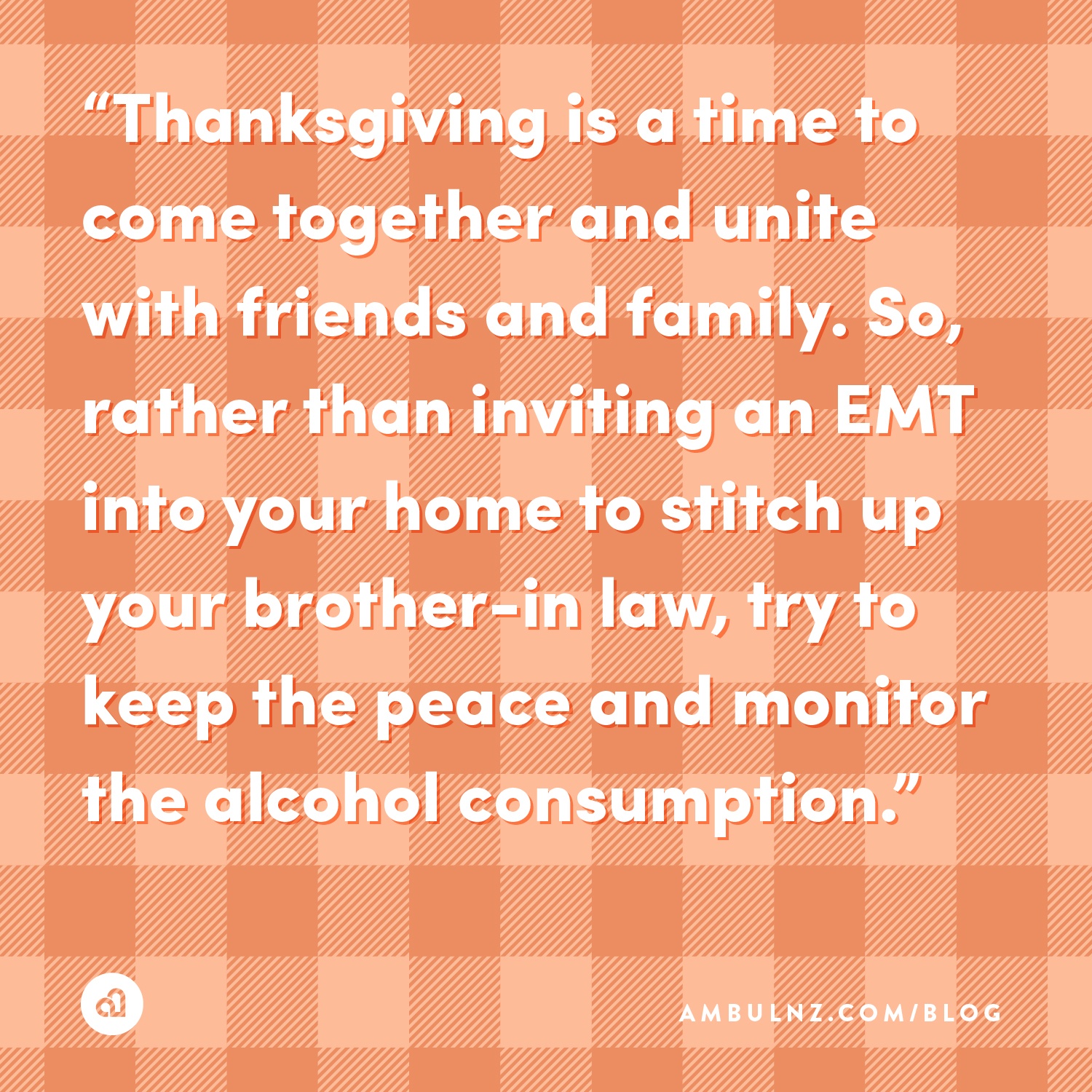By Stan Vashovsky, Ambulnz CEO
Football has become the most popular sport in America, dethroning baseball and holding off basketball. The Super Bowl is the most popularly televised event in the U.S. But, with all its popularity the sport has endured plenty of scrutiny. The game of football has gone from a rough, competitive sport, to a brutal, gladiator sport. The game is faster, the players are stronger, and the injuries have become more gruesome, and more frequent.
However, huge efforts have been made to change the game. Rules have been put into place to protect players at every position. Everything from blindsided hits to targeting to hitting a defenseless receiver has become highly penalized and could be grounds for ejection or suspension. Even coaches from Pop Warner to the Pro’s are stressing new ways to tackle, hit, and block. The equipment now has to go through rigorous testing to ensure better safety protocol for our athletes.
Yes, the game has changed and we in the public keep hearing about how much safer the game has gotten…
According to the injury data compiled by the NFL in 2017, “Data compiled by IQVIA, an independent third party retained by the league, showed a 13.5 percent increase in diagnosed concussions from 2016 to 2017 (243 to 281) over the preseason and regular season. The increase comes after 28 percent of concussion evaluations came following self-reported by players -- a nine-point increase over last year. Nearly half (47 percent) of all concussions included some self-reporting component when being flagged by team doctors and independent neurological specialists.” And it’s not just the NFL; the rise of concussions can also be seen at the collegiate, high school, and Pop Warner level.
But let’s put concussions aside. There are a number of other health related injury concerns that happen all too frequently, especially at lower levels of the game — heat stroke, broken bones, sprains, slipped disks, tears, rips, dislocated knees, fingers, etc…
So, knowing how vicious the game has gotten, even with all of the new safety measures that have been taken, it seems the only thing we can do is make sure we have more medical personnel on hand to tend to these injuries. But that is where the buck stops so to speak.
Some states don’t require an EMS presence at their games. That’s right, even with all of the injuries that occur, there are games being played that don’t have any EMTs or paramedics standing by. It all comes down to cost. In an article written by Michael Gaio, on www.Athleticbusiness.com, “As school districts have cut costs over the years, one of the items often on the chopping block is having ambulances stationed at every football game.” After doing a little more digging, I found what that cost roughly was… The CIF commissioner in California, Pete Saco, told a KCRA channel 3 reporter, “It costs schools $140 per hour to have an ambulance at a game, which can total $500 a game.” That means, with a high school season averaging between 10 and 12 games, roughly 5 to 6 played at home, it would cost a school $3,000. $3,000 to ensure a trained, highly professional medical staff is on hand to provide support. Let’s take it a step further. Injuries don’t only occur in games, they also occur on the practice field. If teams practice an average of 4-hours a session on the field, three days a week from the summer months through the season, the cost would be about $43,000. That’s 4-hour practice sessions, 3 days a week, for 6 months (26 weeks) at $140 an hour to have an ambulance on the field.
As a parent, as an athlete, as a fan… is it worth it?






